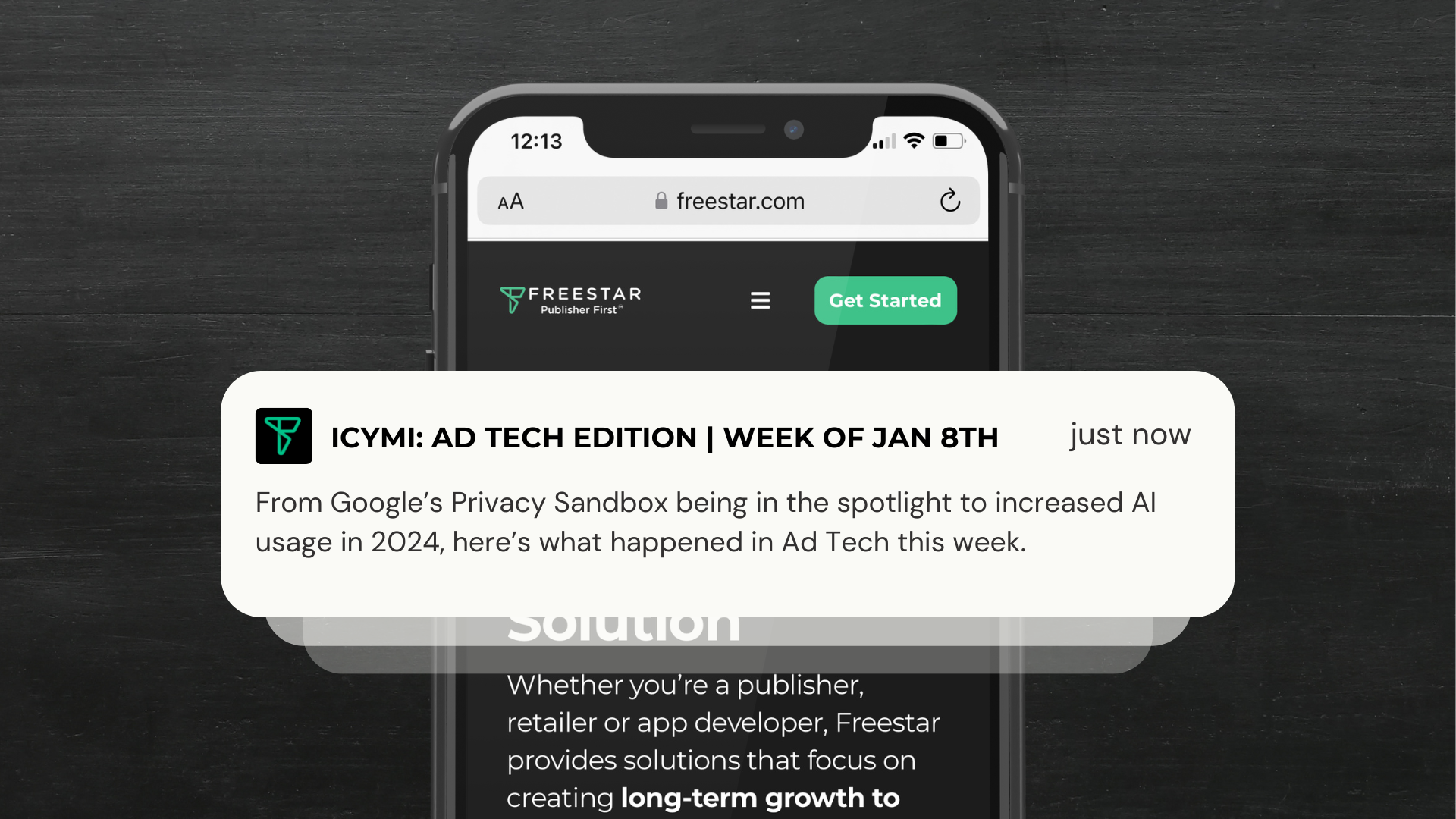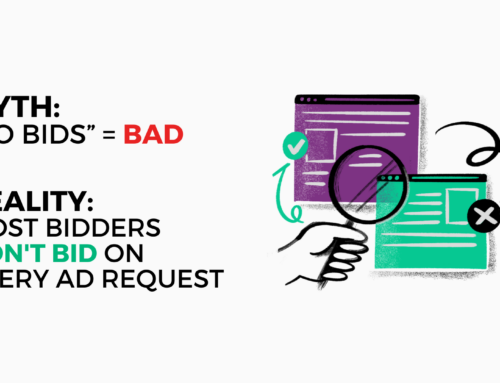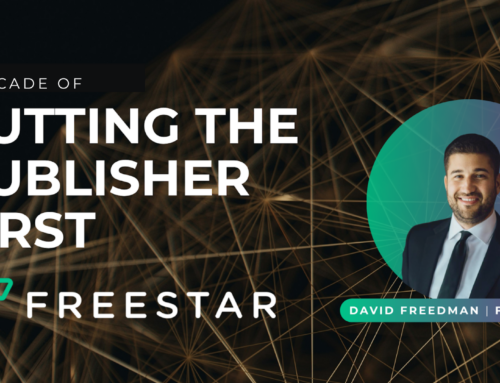Bits and Bobs from around the industry:
Privacy Sandbox: How is 2024 Looking?
The article discusses Google’s Privacy Sandbox, which aims to balance effective advertising with heightened user privacy following the demise of third-party cookies. The Privacy Sandbox involves collaborative efforts among stakeholders in the advertising industry to create a framework that addresses privacy challenges. Key components include the Trust Token API, Aggregated Reporting API, Conversion Measurement API, Privacy Budget, Federated Learning of Cohorts (FLoC), Turtle Dove, and First-Party Sets.
The current state involves the gradual rollout of the Tracking Protection Tool to Chrome users, testing with 1% of users initially. Larger companies are proactive in integrating new technologies, while smaller businesses face challenges in transitioning away from third-party cookies. Advertisers are experimenting with these tools, but concerns persist about the precision of targeting and the balance between privacy and economic needs. The Privacy Sandbox’s effectiveness and impact on the digital advertising ecosystem, especially for smaller players, are subjects of ongoing evaluation.
Critics express concerns about the Privacy Sandbox potentially allowing extensive data collection and user tracking, leading to worries about Google consolidating its power in the ad tech industry. Skepticism arises amid antitrust investigations, raising questions about whether the initiative may unintentionally contribute to a more monopolized ad tech realm. However, the Privacy Sandbox also presents an opportunity for the advertising industry to embrace creativity, organic traffic generation, and a return to the fundamentals of advertising. The shift away from traditional cookie-based targeting invites innovation and the exploration of new territories in digital marketing, fostering a more authentic connection between brands and consumers in the age of privacy-first internet.
Index Exchange Donates Privacy Sandbox Demo Tool to IAB Tech Lab’s Privacy Sandbox Taskforce
Index Exchange, a major independent ad exchange, has donated an advanced Privacy Sandbox Demo tool to the Privacy Sandbox Taskforce through IAB Tech Lab, a digital advertising technical standards-setting body. The tool, an open-source platform, allows stakeholders to explore and understand the functionalities of Google’s Privacy Sandbox Protected Audience APIs without full implementation. This initiative aims to enhance transparency by providing a real-time platform for media owners and buyers to comprehend the complexities and implications of these APIs. The demo tool accelerates collective understanding and collaboration, facilitating comprehensive testing and feedback within the evolving addressability landscape of programmatic advertising in Chrome. By offering logging and visualizations, the live demo provides a comprehensive overview and flexibility for further testing, enabling the industry to navigate the complexities of the evolving addressability landscape.
Expect Bolder Ad Creative In 2024, Courtesy Of Generative AI
In 2024, marketers are expected to further embrace generative AI for ad creative, with 88% of marketing leaders planning to implement, pilot, or actively consider generative AI in the next six to 12 months, according to Gartner. This represents a significant shift from 2023, where 29% were already implementing and 7% were piloting generative AI. Brands are integrating generative AI tools into their existing technology stacks, with considerations for compatibility and ease of implementation based on their preferred platforms such as Adobe Creative Suite, Microsoft Office, or Google Bard and Gemini.
Generative AI technologies, such as Privacy Sandbox Protected Audience APIs, are being tested and implemented, but there are concerns about their impact on programmatic bidding. These changes, including Trust Token API, Aggregated Reporting API, Conversion Measurement API, Privacy Budget, Federated Learning of Cohorts (FLoC), Turtle Dove, and First-Party Sets, are altering fundamental aspects of digital advertising, impacting areas like frequency capping, video advertising, audience creation, and impression counting. The industry is in the early stages of understanding the practical implications of these changes.
The Privacy Sandbox initiative by Google is aimed at balancing effective advertising with increasing demands for user privacy. While the adoption of these privacy-centric technologies is proactive among larger companies, smaller businesses and publishers are facing challenges in adapting to alternative strategies such as contextual advertising or first-party data collection due to the decline of third-party cookies.
The potential impact of generative AI on creative overload is also a subject of discussion. While there is excitement about the ability to produce a large volume of ad creatives and conduct multivariate testing, concerns have been raised about managing and making sense of the vast amount of creative performance data. Brands are cautioned against unnecessary volume, and the effectiveness of generative AI in achieving precise targeting is still being evaluated.
Despite the potential benefits of generative AI, marketers are wary of issues related to bias, accuracy, and governance. With the absence of specific US regulations, both AI vendors and companies using these technologies are expected to engage in self-governance. The IAB Tech Lab’s AI subcommittee is working on a guide addressing AI applications in digital advertising, covering topics like evaluating AI models, bias, copyright, privacy, and data accountability, with a target release date in mid-2024.
In summary, the marketing industry is in a transitional phase, with generative AI technologies being actively explored and adopted, but concerns and challenges related to privacy, governance, and effective implementation still need to be addressed.
Media Briefing: Sustainability standards are coming for digital advertising
The Global Alliance for Responsible Media (GARM) and Ad Net Zero are jointly working on the Global Media Sustainability Framework to address the lack of standardized measurement of carbon emissions in the digital advertising industry. The initiative, set to publish guidelines in June, focuses on creating voluntary standards for measuring carbon emissions, offering guidance on transparency, and disclosing companies’ emissions data. The effort includes working groups dedicated to metrics, methodology, and audit verification. A survey conducted in August 2023 revealed discrepancies in measuring the carbon emissions of the same ad by different firms, emphasizing the need for consistent standards. The voluntary nature of the proposed standards aims to encourage widespread adoption, similar to GARM’s previous initiatives, and the framework is expected to contribute to reducing the industry’s carbon footprint.






